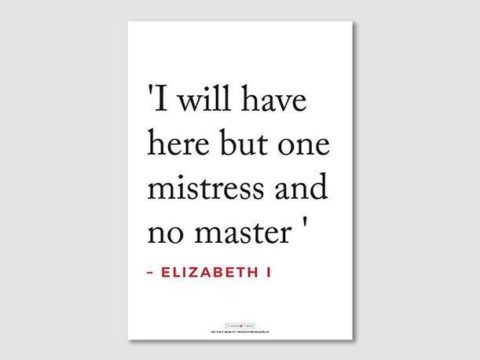Jasper Tudor: Life Story
Chapter 5 : The Phoney War
During this period, both Jasper and Edmund were busy in South Wales. Despite his earldom being based in Richmond in Yorkshire, Edmund now appears at the Bishop of St David’s Palace of Lamphey in Pembrokeshire with his young wife, Lady Margaret Beaufort, attempting to restore order to the principality. It is not clear whether, initially, he was there under the orders of the King and Queen or of York.
One of the key troublemakers (in the Government's eyes) in Wales was Gruffydd (English – Griffith) ap Nicolas of Dinefwr. Gruffydd held a number of high offices in South Wales – Deputy Justiciar and Deputy Chamberlain at different periods – and, supported by his sons, Thomas ap Gruffydd and Owain ap Gruffydd, was treating his lands as a personal fiefdom. During 1454, York, as Protector, had ordered Gruffydd to release someone he had been holding, illegally, in Carmarthen gaol. The promotion of the Tudor brothers was intended to counterbalance Gruffydd’s power.
Edmund’s attempts to control Gruffydd were as futile as those of York had been and by June 1456 there was almost open warfare between them. By this time, Edmund was definitely acting on the authority of Henry, which may have led to York seeing him as a potential threat, rather than an ally,
Gruffydd had control of the castles of Aberystwyth, Carmarthen and Carreg Cennen, despite the fact that York was, in theory, Constable of all three of them. By early 1456 Edmund had wrested Carmarthen Castle from Gruffydd. This put York in a difficult position as it appeared that Edmund was undermining his own power.
York therefore decided to move against Edmund and in this he was supported by two of Jasper’s previously mentioned Councillors, Thomas Vaughan and his kinsman, William Herbert, together with Herbert’s father-in-law, Sir Walter Devereux. At what point these three decided to transfer their allegiance entirely from Jasper to York is unclear. Originally there had been no need to choose between Jasper and York as the two men were on good terms but now the situation was deteriorating.
Herbert and his men led a considerable force against Carmarthen Castle and captured it, imprisoning Edmund. They then moved on to Aberystwyth which they also successfully subdued and returned to York’s control. As all of these castles were in fact royal castles, this gave York command of Government in South Wales.
Meanwhile, Jasper was back in London undertaking commissions, together with the Dukes of Exeter and Buckingham, to suppress rioting in London, Kent, Sussex and Middlesex. He spent a good deal of his time with Henry at Sheen and at Windsor, and then with the royal couple at Coventry.
Coventry was in the centre of Queen Marguerite’s own lands and she was spending significant amounts of time in the area, as well as money on restoring her various castles there. It is this change in focus from London to Coventry that Chris Skidmore in his book ‘Bosworth’ cites as one of the reasons for the Londoners becoming increasingly disenchanted with the Lancastrian Government and preferring York, who always favoured the capital.
Herbert and Devereux were summoned before the Great Council at Coventry in September 1456 to answer for their actions in relation to the capture of Carmarthen and the other royal castles. The Council recommended that they be imprisoned. Devereux was sent to Windsor and Herbert was supposed to be dispatched to the Tower of London but managed to slip away to Aberystwyth Castle where in October 1456 he began to raise an army. He was declared a traitor and a reward of 500 marks was posted for his capture.
Gruffydd ap Nicolas was granted a pardon on 26 th October by the Queen as she made a progress through the Marches. This secured Gruffydd’s allegiance to Lancaster. York’s allies were also being replaced in government with the posts of Lord Treasurer and Chancellor being taken by the Earl of Shrewsbury and Bishop Wayneflete of Winchester respectively. Queen Marguerite’s own Chancellor also became Keeper of the Privy Seal. This effectively returned government to supporters of Henry and Marguerite and left the Yorkists out in the cold.
Sir Jasper Tudor
Family Tree







